Ben Tousley on a design career in music
After spending two decades dreaming up record sleeves, the New York-based designer reflects on the changing state of the music industry, and why it needs a visual roadmap now more than ever
“It started off as a weird alignment of things that happened with the internet,” says designer Ben Tousley, when he thinks back to the start of his career. “I was 19, it was 2004, and I had a website of photography and illustration that I was just putting out there.”
This was pre-Spotify and pre-Soundcloud, when music fans were still obsessively ‘scrobbling’ their music – tracking what they were listening to and recording it via a service like Last FM, which could suggest similar bands or friends with comparable taste. This is where Tousley made friends with the band Grizzly Bear, starting a two-decade long relationship that would land him his first album cover commission.
It also crystallised the designer’s thinking, with Tousley previously deliberating between whether he wanted to work in design or journalism. “Music just kinda propelled itself out of those first couple of Grizzly Bear releases,” he tells CR. “It was a long stretch of wonderful records. It’s weird how quickly music culture can change – Grizzly Bear’s not the ‘hot’ thing anymore – but it was profound at the time.”

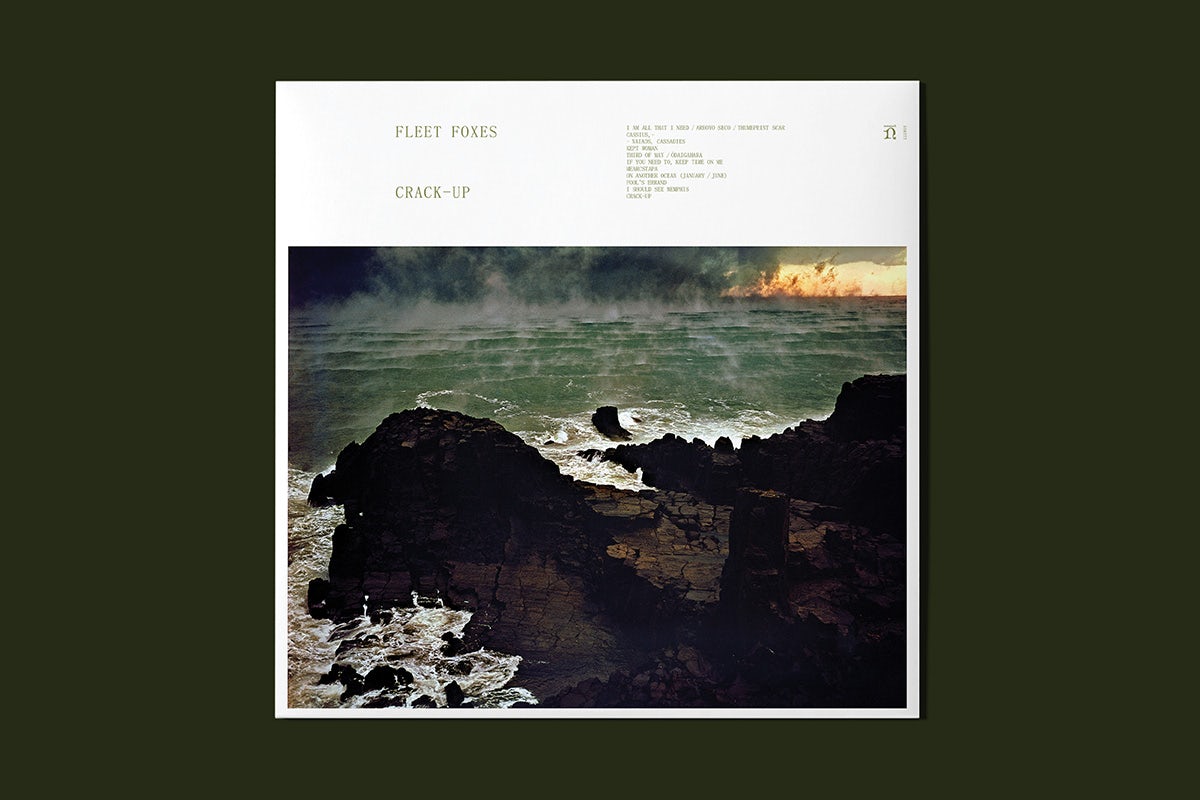
After creating the cover of the band’s debut Yellow House album, Tousley went on to design sleeves for artists including Sondre Lerche, Fleet Foxes and Beirut, as well as commercial clients including Netflix and the New York Times. Although he insists that he’s never been a designer with a clear and specific style – preferring instead to collaborate closely with the artists he works with – a few recurring features do peek out in the form of crisp stacked type, messily but beautifully lettered titles, and a willingness to let the imagery do the talking.
The work has been enormously personal for Tousley, and became even more so during the Covid lockdown – when he worked very closely with Fleet Foxes singer Robin Pecknold on the band’s 2020 album Shore. The designer describes the experience as “a salve” for an extremely challenging time, and something that re-affirmed his own commitment to working in the music sphere.
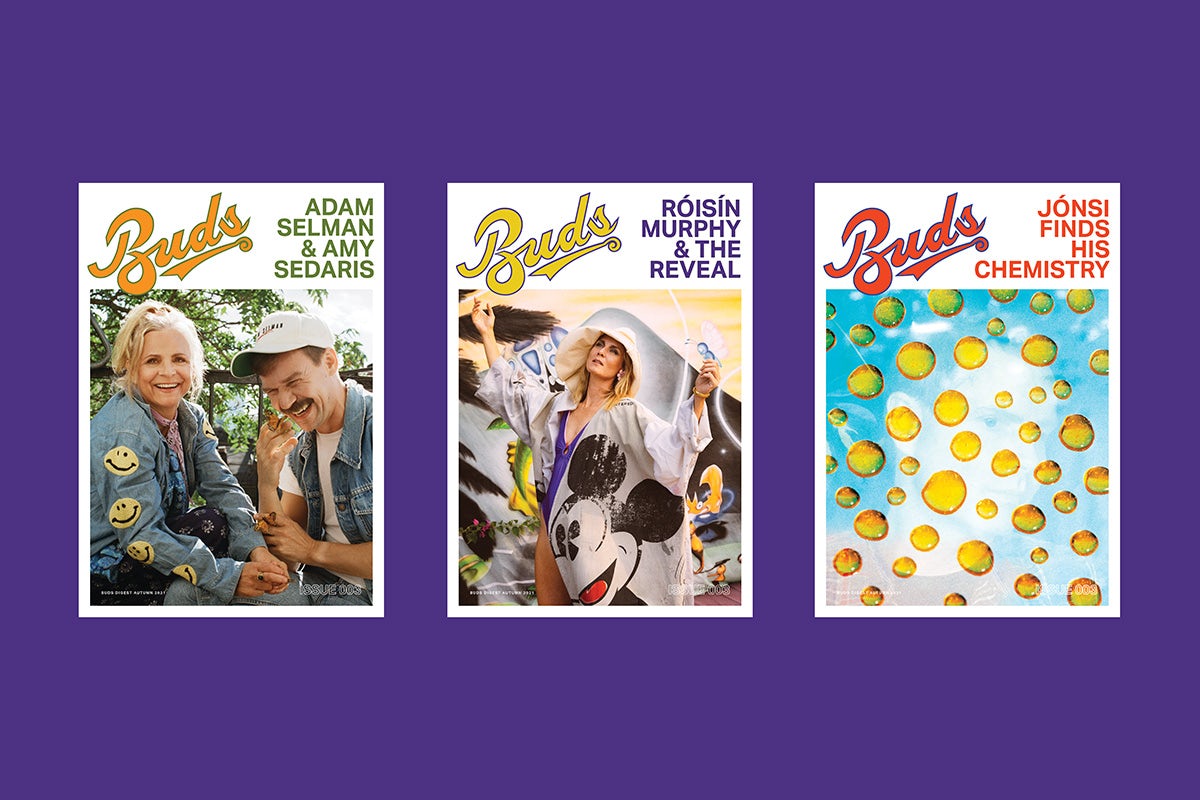
Over the course of the last 20 years, the designer has obviously seen enormous change in the music industry. When he started, he says it was “still kinda running on its very specific traditions and tracks” – something which, according to him, has been completely thrown out the window. “Now you have musicians who can put their music up on Bandcamp, or make their own stuff and get it out there quickly, without the need of typical processes or traditional processes,” he says.
“I think you can see people building their own worlds and having control of it on their own, without a label intervening and telling them, ‘This is what’s going to sell’. I think Grizzly Bear maybe came around right about the time that was lapsing anyway, so it was an interesting fluke for them to have been so successful, and have had weird album covers and no marketing. It was right around the time [that tradition] was maybe all dissolving.”
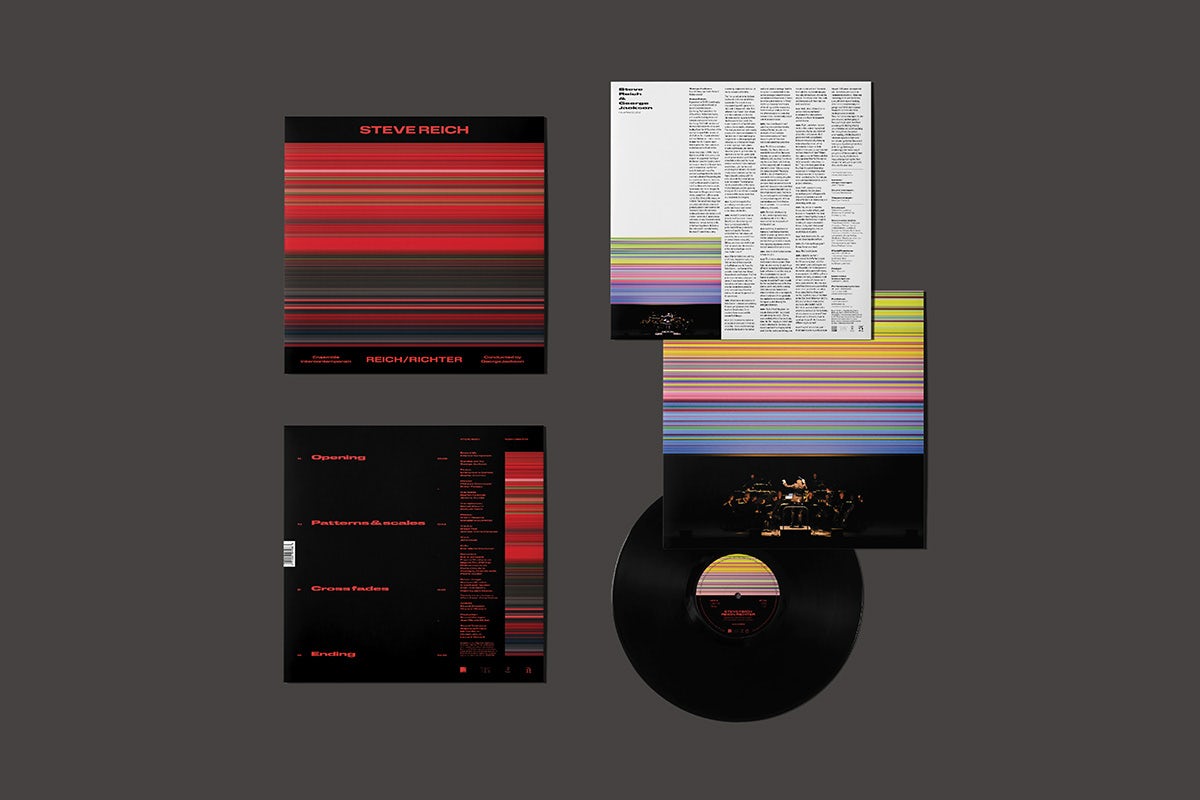
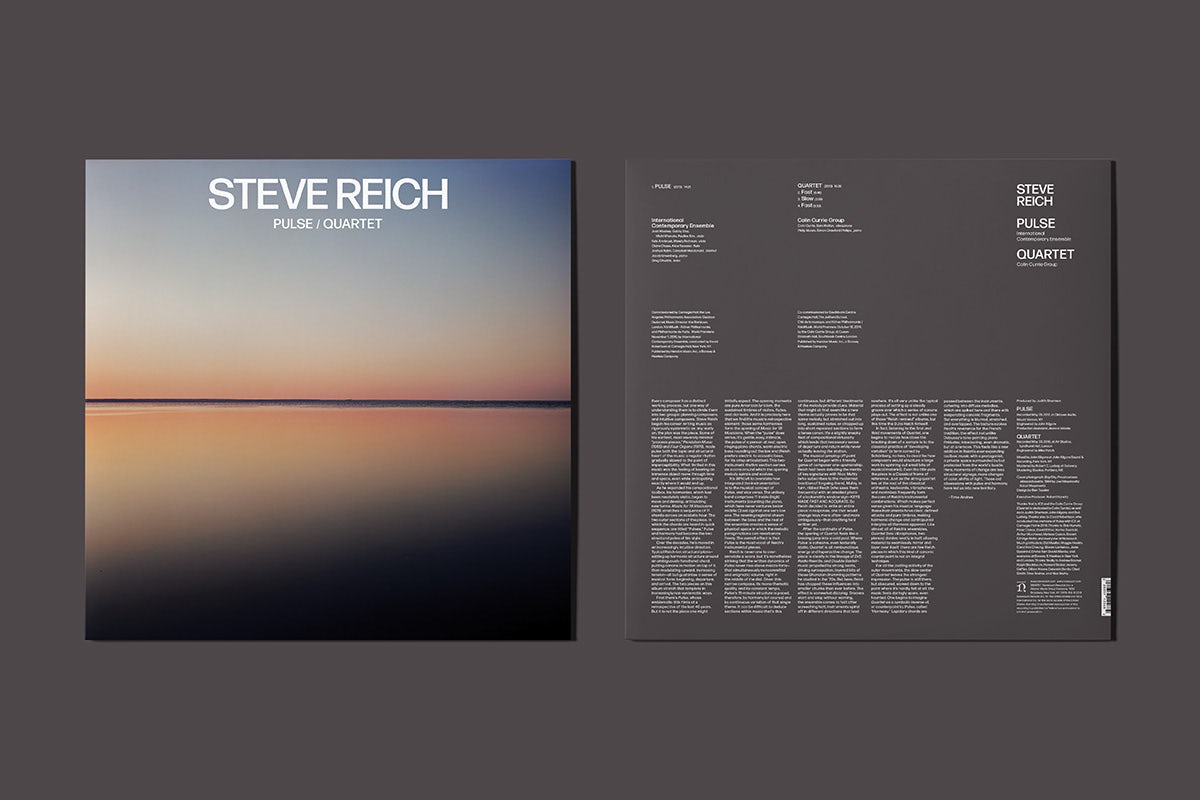
That’s not to say Tousley has become pessimistic or consumed by nostalgia, however – which is sometimes the case with graphic designers that came up in the glory days of record covers. He admits that budgets have shrunk – where haven’t they? – but says that he went into the job “never expecting it was going to be big”. He’s also happy to admit that man cannot live by record sleeve design alone, explaining that he balances it with other jobs that command more money and enable him to pay the rent. “These jobs are making me very happy, and have given me a life where I feel like I’m just constantly in awe of the creative people I get to interact with,” he says. “And that’s more valuable to me.
“It’s the opportunity to be part of someone’s creative project that they’ve spent so much time on,” he tells CR. “Sometimes it’s years of their lives working on a record, and getting to be a small part of that with them, and helping to package, visualise and present it to people is a true gift … there’s a sensitivity to this emotional connection that you’re trying to visualise. It’s not like we’re just selling shoes; we’ve got to meet with this person, and really talk with them about the record and what their visions are.”
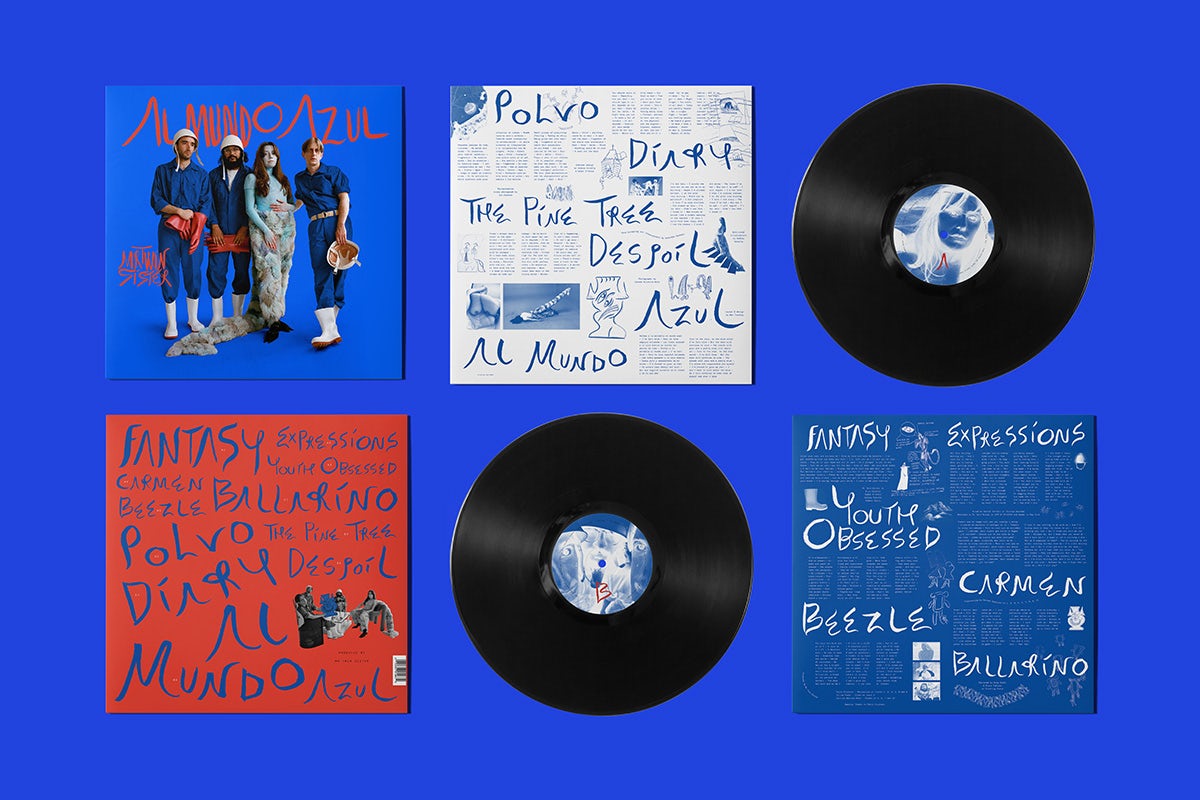

Tousley sees his part of the design world as “all about world-building” – and he believes this has only become more true in recent years. He’s watched artists learn how to establish themselves across real-life and digital media including streaming services, navigate an unexpected return of vinyl, understand social media … and the list goes on. Tousley agrees that design can perform a critical role in helping people navigate an enormously complicated landscape, serving as what he calls a “visual roadmap” for listeners. There’s, arguably, a need for musicians to behave more like brands, which is evident in the recent Whitney Houston branding, created by Erik Herrström.
“It makes sense for a big estate act like that,” he says. “Especially when their past is now more commodifiable than ever, for better or worse. I was actually looking at John Lennon’s website the other day – even just saying ‘John Lennon’s website’ is quite funny. I was looking at a record, and I realised they were releasing a huge box set of all his vinyl, but I noticed there was really nice branding for his site, all with a simple treatment. It makes sense because it’s branding, it’s marketing, and it’s making it easily digestible for people who look at a big catalogue like that and get overwhelmed and think, ‘Oh my god, I’ve always wanted to explore Whitney or John Lennon’s music, where do I start?’ Being able to see the years, or the context, is smart.”
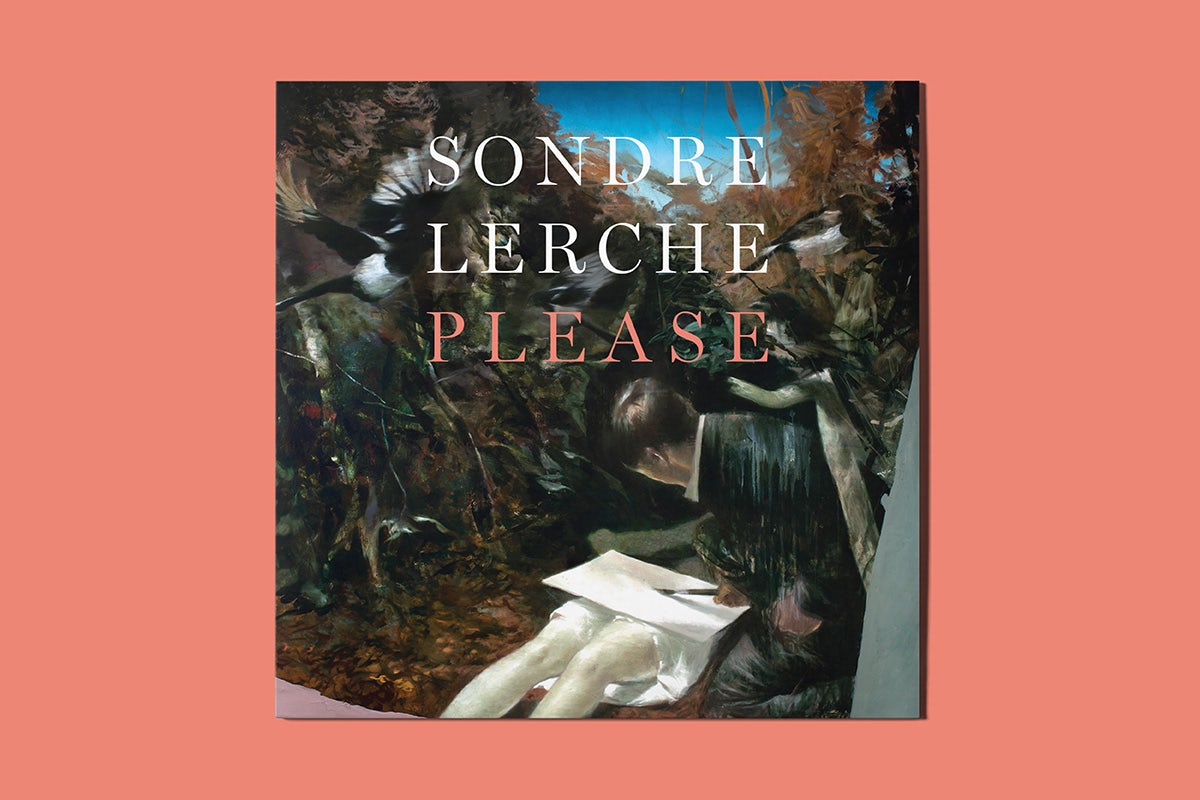
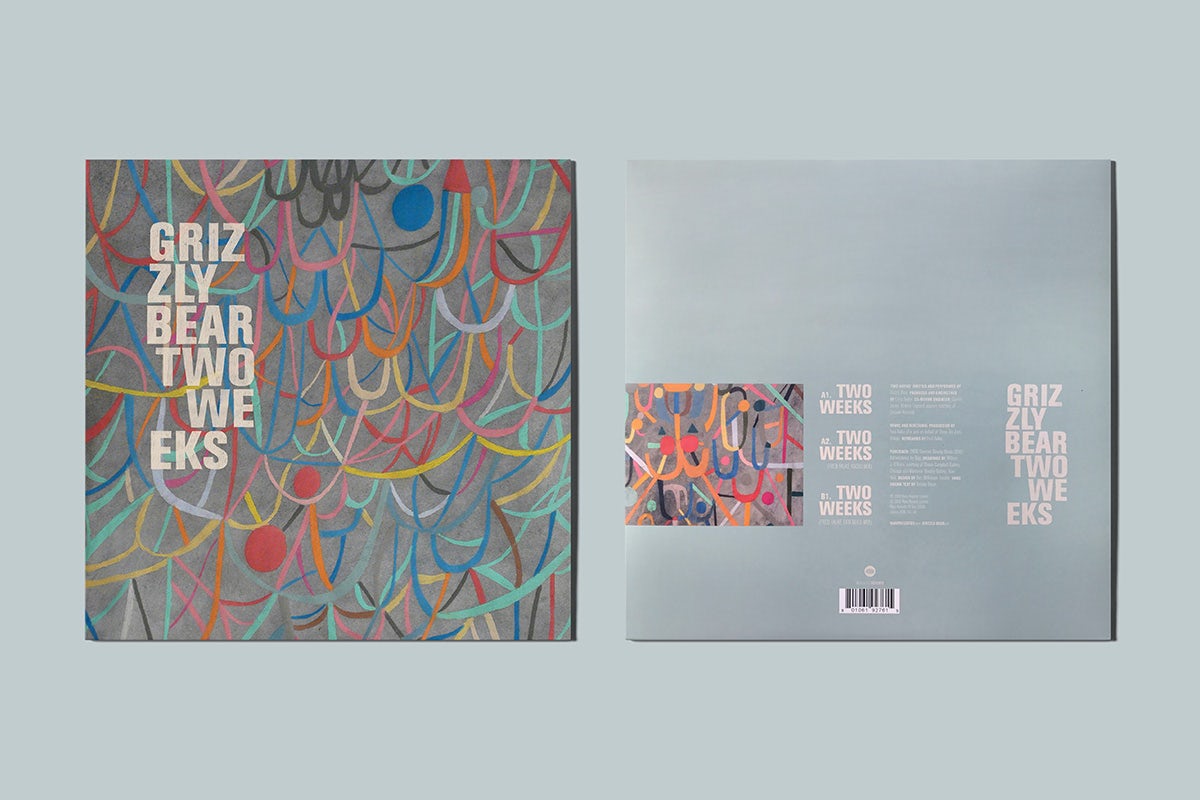
Tousley is himself now working on a major new project, using design to catalogue and bring together the career of a musician he’s already worked with several times. He says it involves examining the many different pieces of artwork that have accumulated over the years, and understanding how to “unify that and make it appealing for somebody to dive in”.
And it seems like there’s plenty more work for designers to do, as labels and artists see the benefits of reissuing anniversary editions of albums, and using design, photography and illustration to capitalise on that. “It’s kind of like we’re in a mirrored funhouse, where we’re constantly reliving the release of records we had not that long ago,” jokes Tousley. “That’s fascinating too, and it makes sense.”
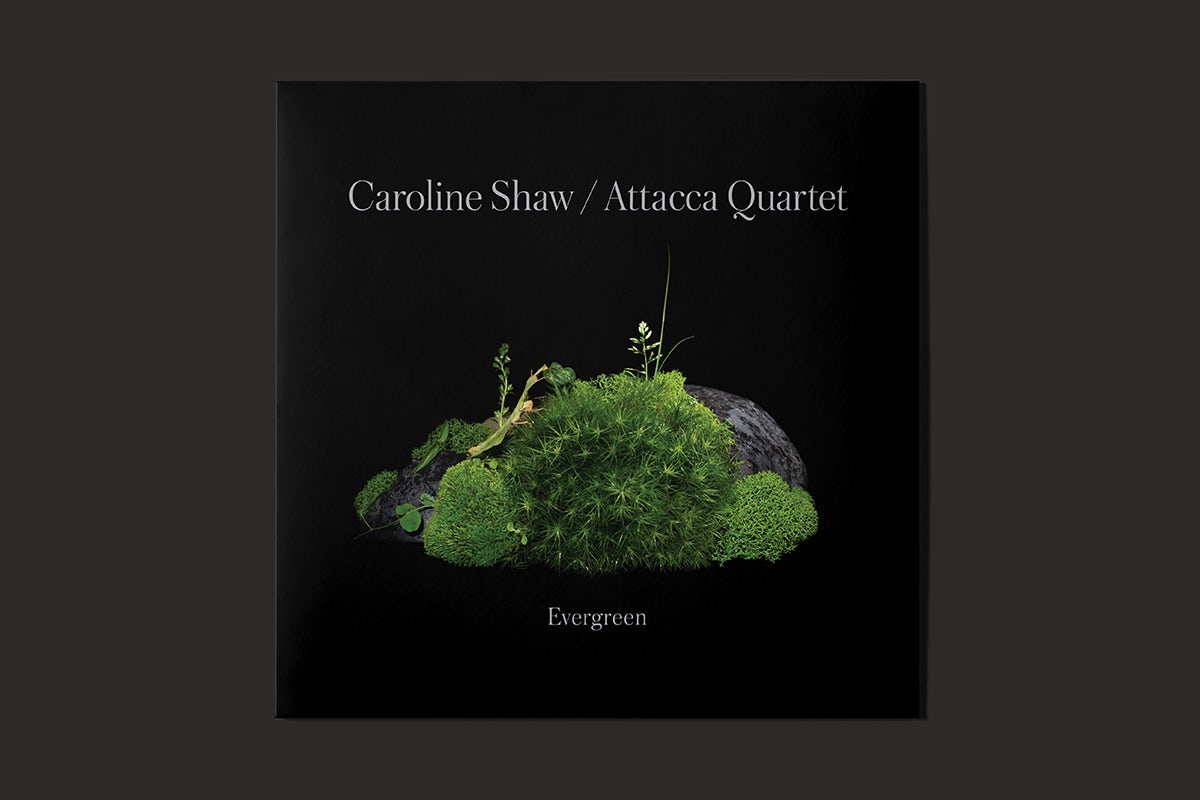
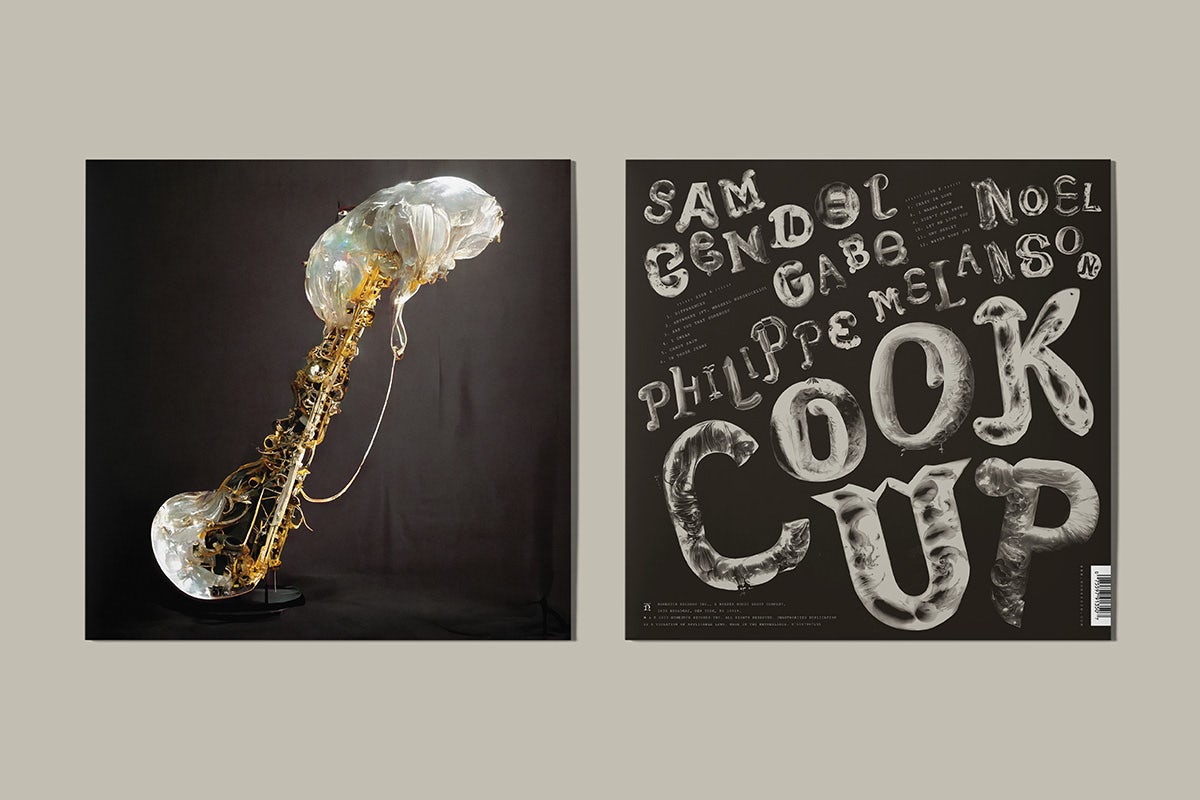
He’s extremely optimistic about the future, mentioning artists’ growing interest in three-dimensional, digitally generated worlds, as well as new expressions of performance such as the Abba Voyage show, which has had its London tenure extended repeatedly.
“There will always be a romantic flair about the [music] world,” he says. “So it’s always going to be appealing and fun, because it’s boundless, it’s expressive, it’s where you get to do something that’s art and not just selling a piece of rubber. It’s an expression of somebody’s humanity in the statement or point of view, so I think that will always be valuable. And if it ever gets to the point where it’s not, then we’re in trouble.
“We’re such a visual culture now – users are interacting directly with interfaces, and it’s a one-to-one experience, so [design] is just as important if not more … I wonder if in our lifetime we’ll experience people getting so tired of their phones they don’t want to do that anymore? It’s a possibility, but I don’t think it’ll ever go away. As long as we have screens, we’ll need something pretty to put on them.”




